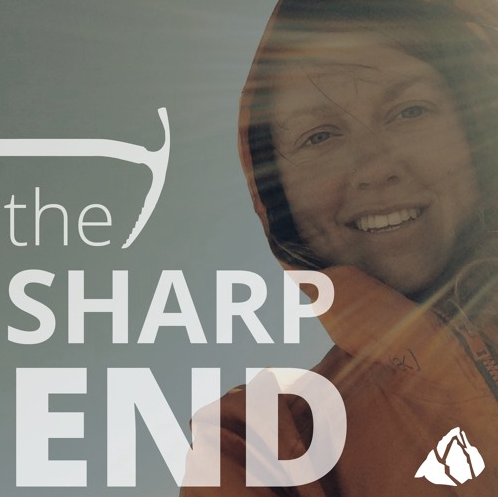Preface
Climbing accidents are a painful yet consistent measure of the state of our sport. Accidents mirror trends in climbing culture, reflect areas of its growth, and follow a shifting demographic. As climbing encompasses a bigger, more varied population, accidents provide external evidence of internal growing pains.
Gyms have introduced many people to climbing and now change our sport with a predictable duality. Youngsters get better so fast that the experiential curve gets neglected. It’s breathtaking to watch a newbie climb at a standard that once took many dedicated seasons to achieve. It’s also discouraging when, a short time later, they end up in the ER after fumbling a challenge considered rudimentary by most climbers over 40. As I wrote several years ago, it is not their fault, but it has become their problem.
The volume of climbing accidents seems to indicate that our systems aren’t coping with the new masses. Arguably, more climbers are having more unpredictable accidents. The big question facing gyms, guides, and outdoor businesses is: How to educate this growing population? The tradition of elders passing down knowledge can’t cope with the sheer number of new climbers and a widening generation gap.
Perhaps existing structures can’t keep up with the volume of accidents...and perhaps they shouldn’t. In the past, climbing was about self-determination and the exercise of free will. The rewards of decisive action were weighed against very real penalties. Despite all that has changed, the consequences remain the same. Gravity still compels us to make weighty choices under physical and mental duress. Whether made deliberately or by default, these choices are in the hands of the individual.
We have the latest how-to videos, iPhones with an SOS function, Garmin inReaches, safety classes, and an annual accidents book, but it’s still ultimately on us to measure the risks that accompany every day of climbing. Mishaps do not only strike the unaware but also the prudent, the experienced, and the well prepared.
In this issue of ANAC, you’ll see a lot of familiar things and maybe something new. I discovered that girth-hitching is fast, easy…and sometimes dangerous. I found out that short falls, whether accidental or deliberate, can be deadly, even when wearing a helmet on a well-protected route. I also discovered that some of my tried-and-true rappel habits are in need of a serious upgrade.
While we’re on that subject, take a good look at “Crafty Rappel Techniques” by John Godino—the man behind Alpinesavvy.com. You’ll also see what may be a first-of-its-kind article titled “Human Factors Behind Climbing Accidents.” To learn more, read on.
Thanks again to our correspondents and to those who sent in their personal stories. A special shout-out goes to all the anonymous SAR members who got up in the middle of the night to help out a fellow climber. Without you, many of the following accidents would have had tragic endings.
—Pete Takeda, Editor

